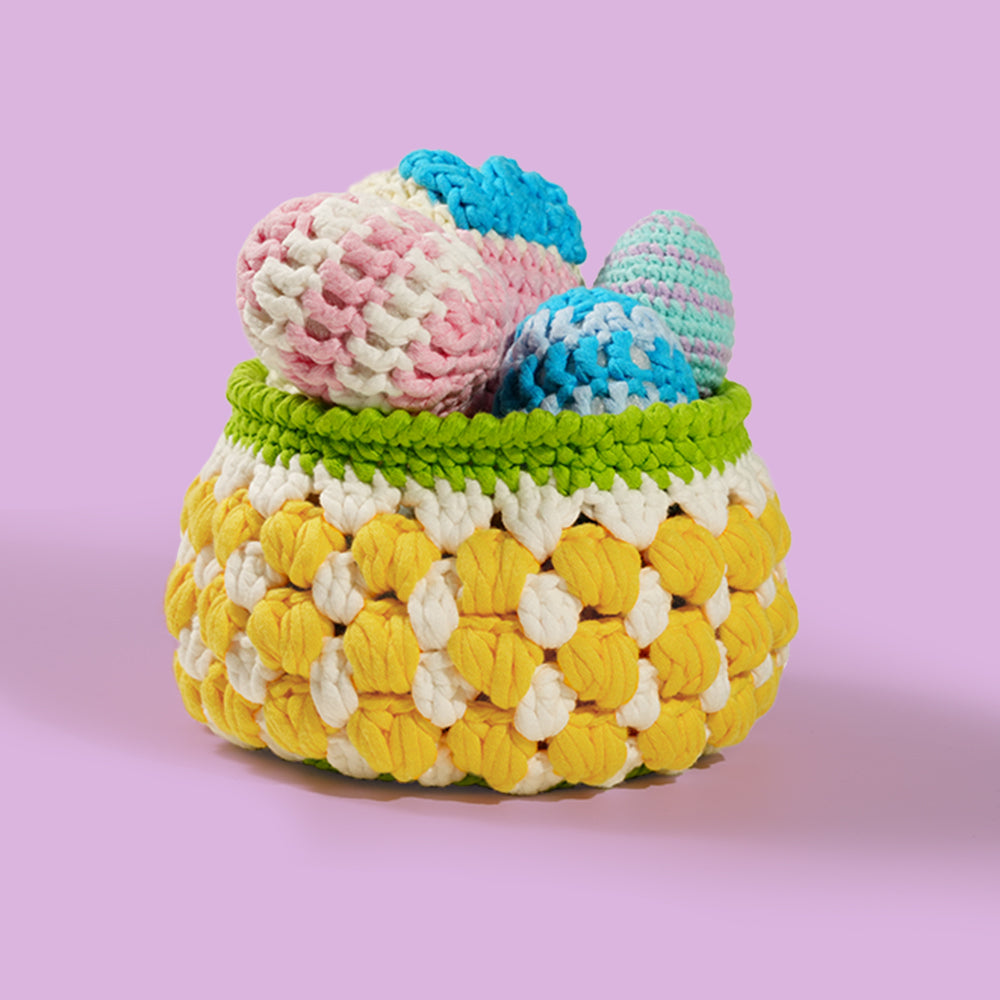Crochet with Kids: Fun & Safe Projects to Do Together
Introduction: Teaching Hands, Making Hearts
In a world overflowing with digital distractions, few things are as grounding—and rewarding—as creating something with your hands. Teaching kids how to crochet isn’t just about loops and yarn; it’s about slowing down, connecting, and watching their creativity come alive.
Crochet is a wonderful activity for kids. It encourages focus, improves motor skills, and offers a huge sense of accomplishment. And when done together, it becomes a bonding experience between parents and children, teachers and students, or even among siblings. Whether you’re introducing your child to their first chain stitch or making a little amigurumi friend together, this guide offers beginner-friendly, safe, and super-fun project ideas for crochet with kids.

Why Crochet Is Great for Kids
-
Boosts Fine Motor Skills: Handling a crochet hook improves dexterity.
-
Strengthens Focus & Patience: A quiet, repetitive activity that builds attention span.
-
Encourages Creativity: Kids choose colors, shapes, and designs—they become the designer.
-
Screen-Free Entertainment: Keeps them engaged without tablets or TV.
-
Promotes Mindfulness: Like meditation, but with yarn.
How to Start Crocheting with Children
-
Age 6–8: Start with finger crocheting and basic yarn wrapping techniques.
-
Age 8–12: Introduce the hook—begin with simple chains and scarves.
-
Age 12+: Progress into beginner amigurumi, granny squares, or wearables.
✅ Pro Tip: Use a larger hook (5.5–6.5mm) and chunky yarn for easier handling.
Best Yarns and Tools for Kids
|
Item |
Recommendation |
Why it Works |
|
Yarn Type |
Soft cotton or acrylic blend |
Gentle on hands, tangle-resistant |
|
Hook Size |
6.0mm plastic or ergonomic hook |
Lightweight and safe |
|
Safety Tools |
Plastic yarn needles, rounded scissors |
Avoids injury |
|
Extra Fun |
Stitch markers in fun shapes |
Adds visual interest |
7 Crochet Projects Perfect for Kids
1. Finger Crochet Bracelets
-
No hook needed!
-
Kids can learn to loop yarn with fingers and tie into wearable pieces.
-
Great for party crafts or sleepovers.
2. Chain Stitch Jump Ropes
-
Super long chains twisted and knotted at the ends.
-
Add colorful tassels for flair.
3. Yarn Creatures (Using Pom-Poms)
-
Wrap yarn around cardboard, tie in the center, fluff out, and add googly eyes!
-
A fun intro to textures and crafting without hooks.
4. Beginner Scarves
-
Use only chain and single crochet stitches.
-
Kids love seeing the rows grow.
5. Bookmarks
-
Short, quick projects with instant payoff.
-
Add tassels or crocheted animal heads for fun.
6. Friendship Squares
-
Small granny square-style patches made together and joined as a blanket or wall hanging.
-
Collaborative project for classrooms or families.
7. Crochet Pencil Toppers
-
Small characters, fruits, or stars that sit atop pens and pencils.
-
A gateway to beginner amigurumi techniques.
Safety Tips When Crocheting with Kids
-
Use blunt-ended tools and yarns that don’t fray easily.
-
Avoid small parts like buttons or safety eyes for younger children.
-
Always supervise during cutting, stuffing, or sewing.
Teaching Tips for Parents and Educators
-
Let them pick their colors—creative freedom is key.
-
Don’t aim for perfection; celebrate effort and playfulness.
-
Break it into short sessions—10–15 minutes is great for beginners.
-
Use clear video tutorials or printable step-by-steps.
How to Turn It Into a Habit
-
Set up a “crochet corner” with their favorite yarns and a comfy seat.
-
Designate a weekly crochet night—perhaps with a reward system.
-
Take pictures of their finished works and make a craft portfolio.
Real-Life Benefits You’ll See
-
Calmer bedtime routines.
-
More focused playtime.
-
Confidence boosts when they show off their creations.
-
A great answer to “I’m bored!”
FAQs
Q: What is the right age to start crocheting?
A: Kids can start finger crocheting as young as 5 or 6. Hook use is usually easier around age 8+.
Q: Can crochet help kids with ADHD or anxiety?
A: Absolutely. The repetitive motions can be calming and grounding, similar to fidget tools or mindfulness exercises.
Q: What should I do if my child gets frustrated?
A: Pause, laugh it off, and show your own learning mistakes. Keep it light and joyful.
Final Thoughts: More Than Just Craft Time
Crochet with kids isn’t about perfect stitches—it’s about shared stories, cozy laps, and joyful creativity. You’re not just teaching a craft. You’re nurturing confidence, patience, and a lifelong love for making things with their own two hands.
Looking for the perfect beginner-friendly tools to get started? Kynova’s crochet kits offer soft yarn, safe tools, and kid-approved video tutorials that make learning fun and easy—whether you're six or sixty.
